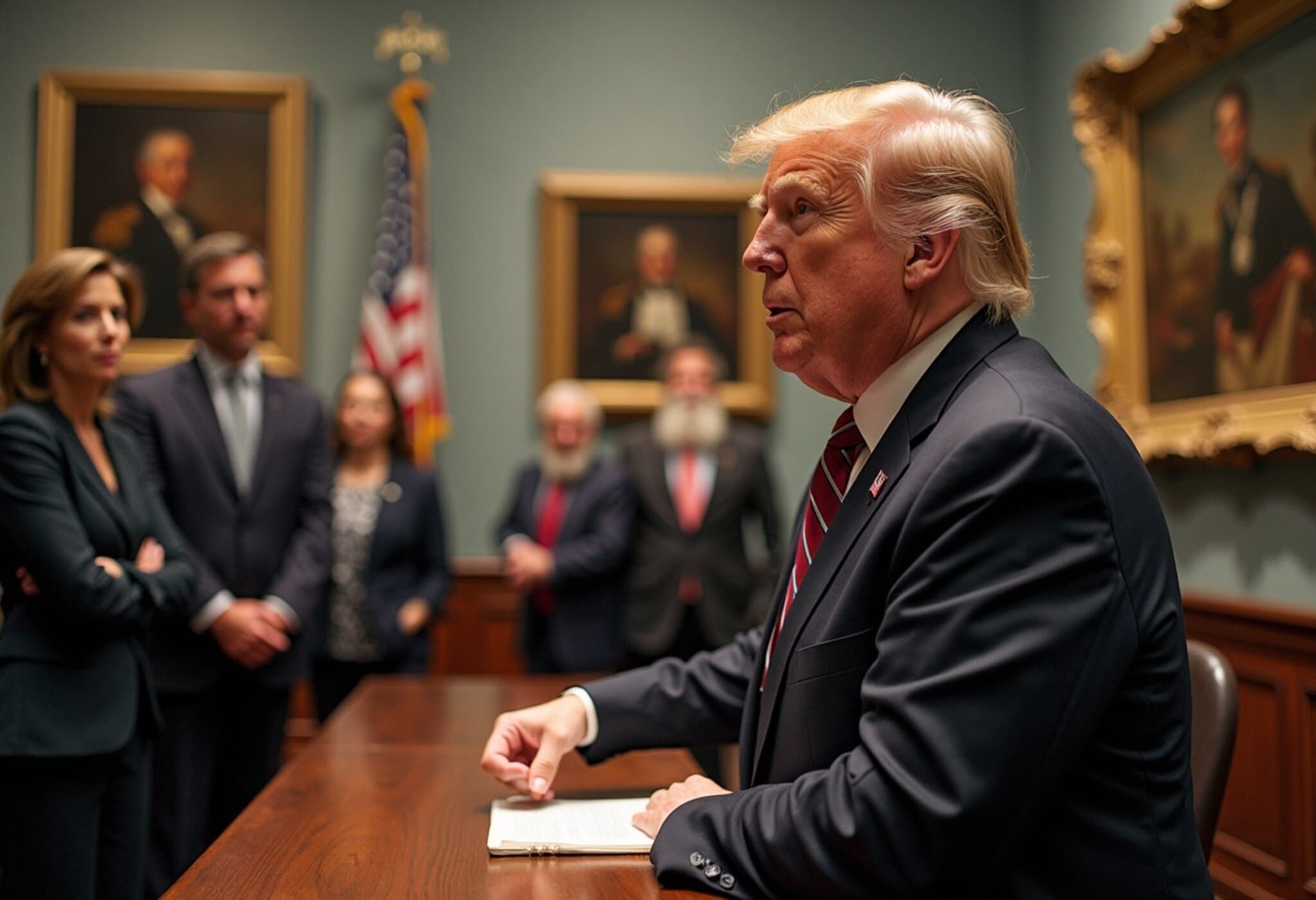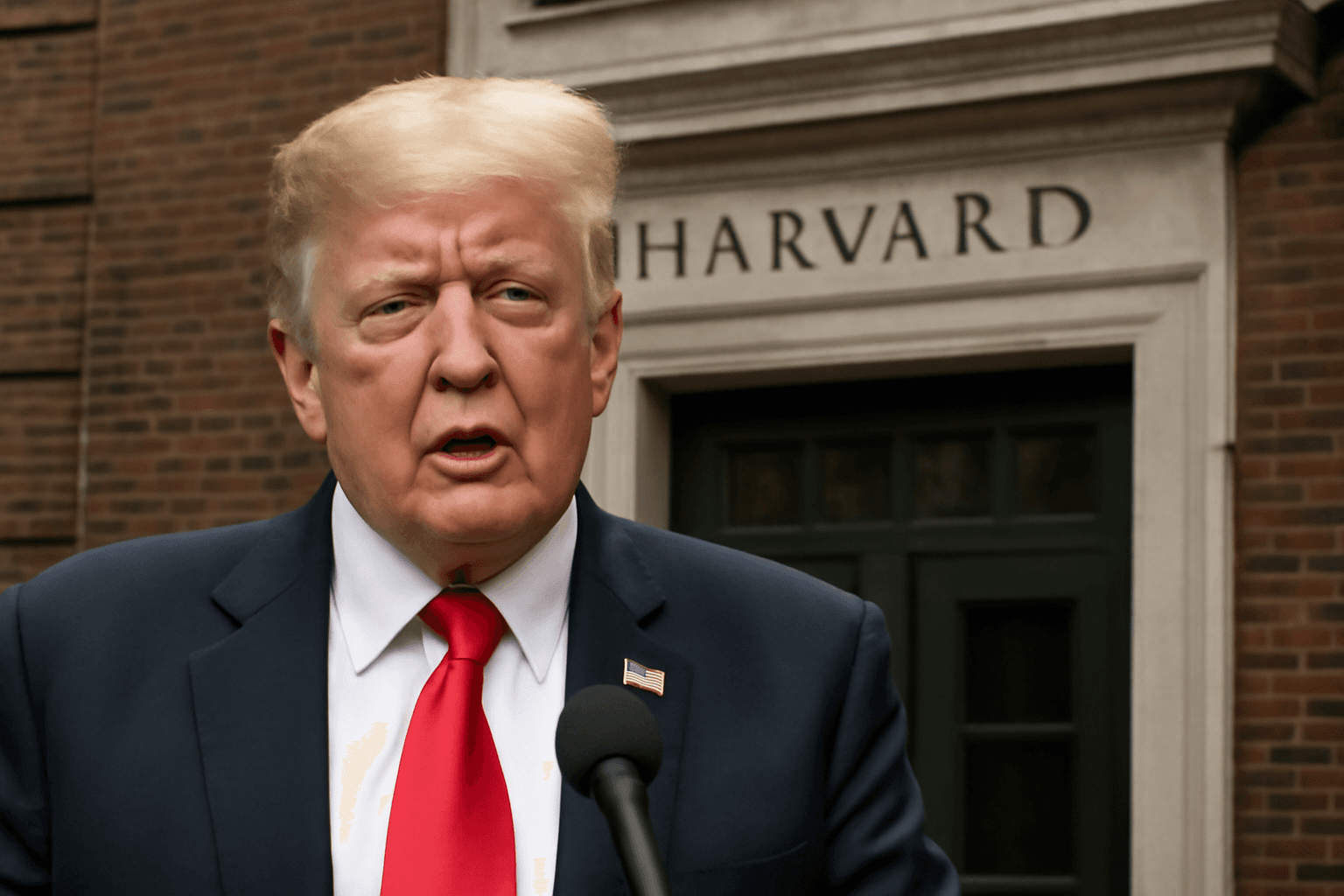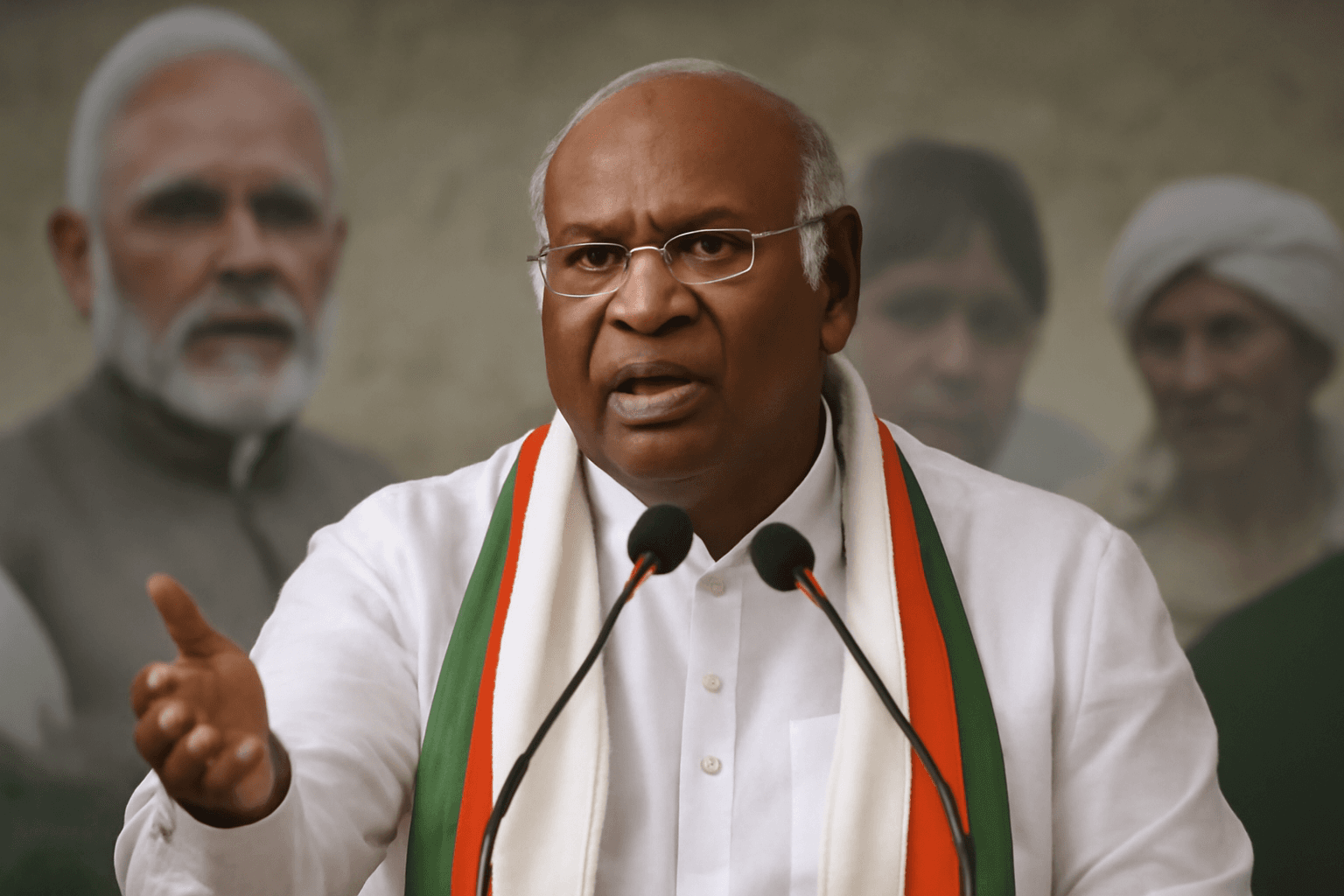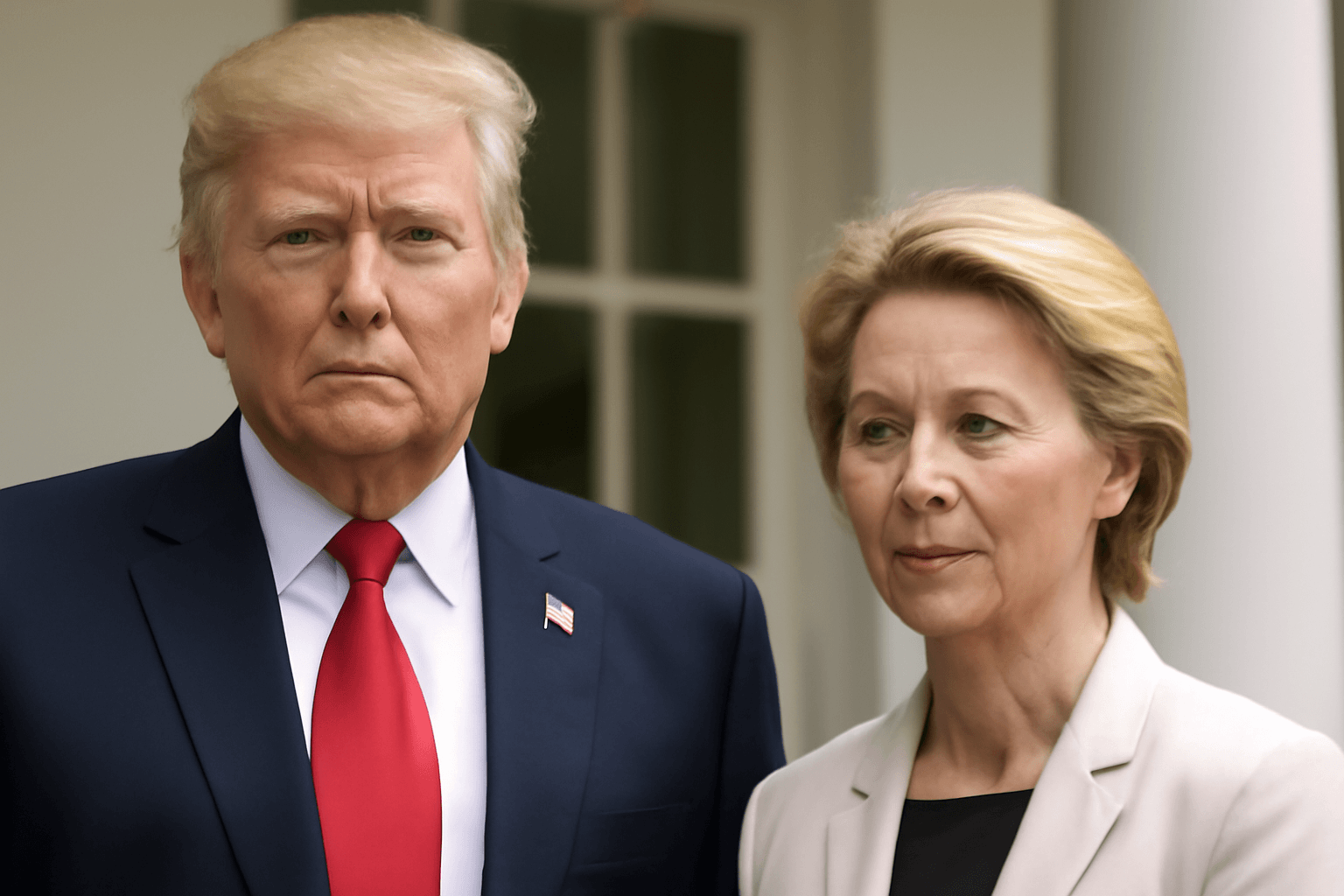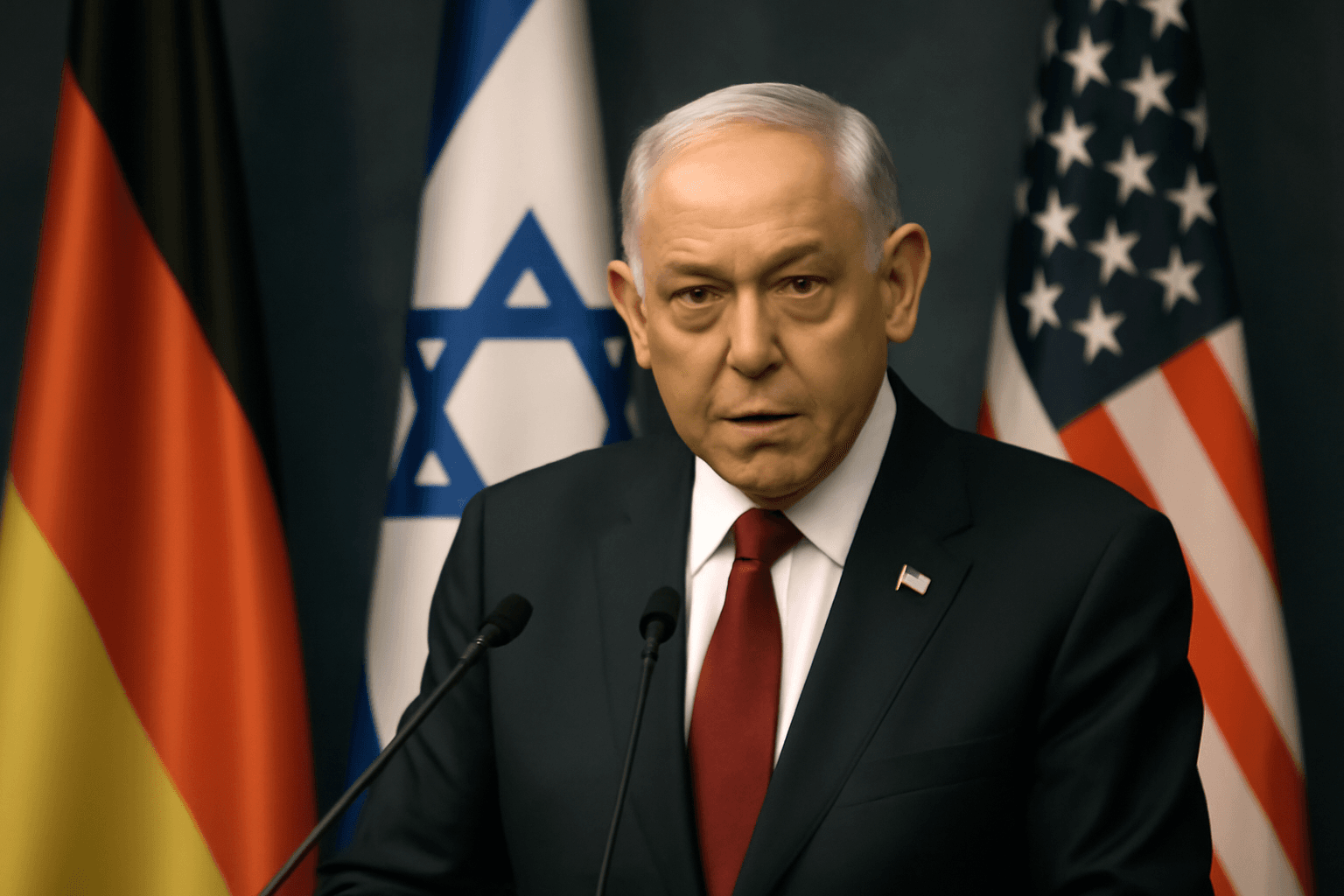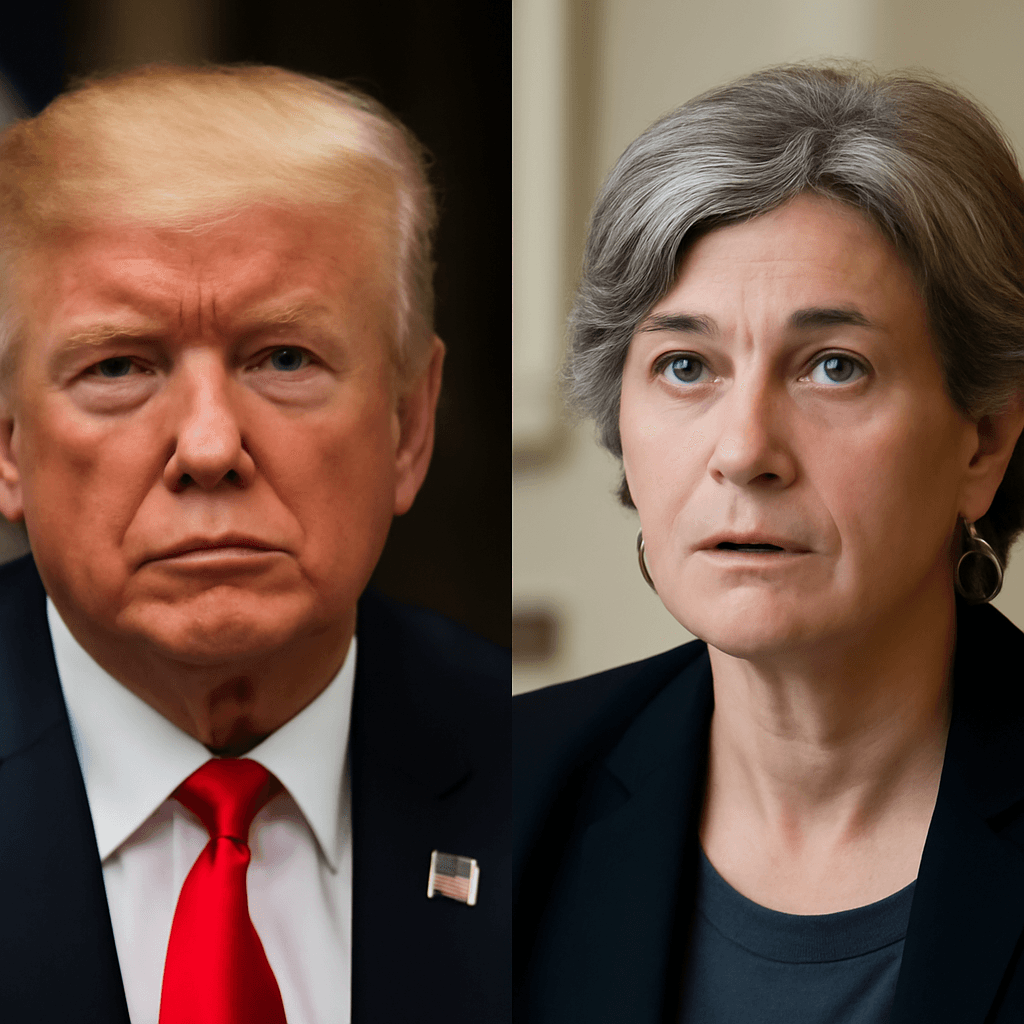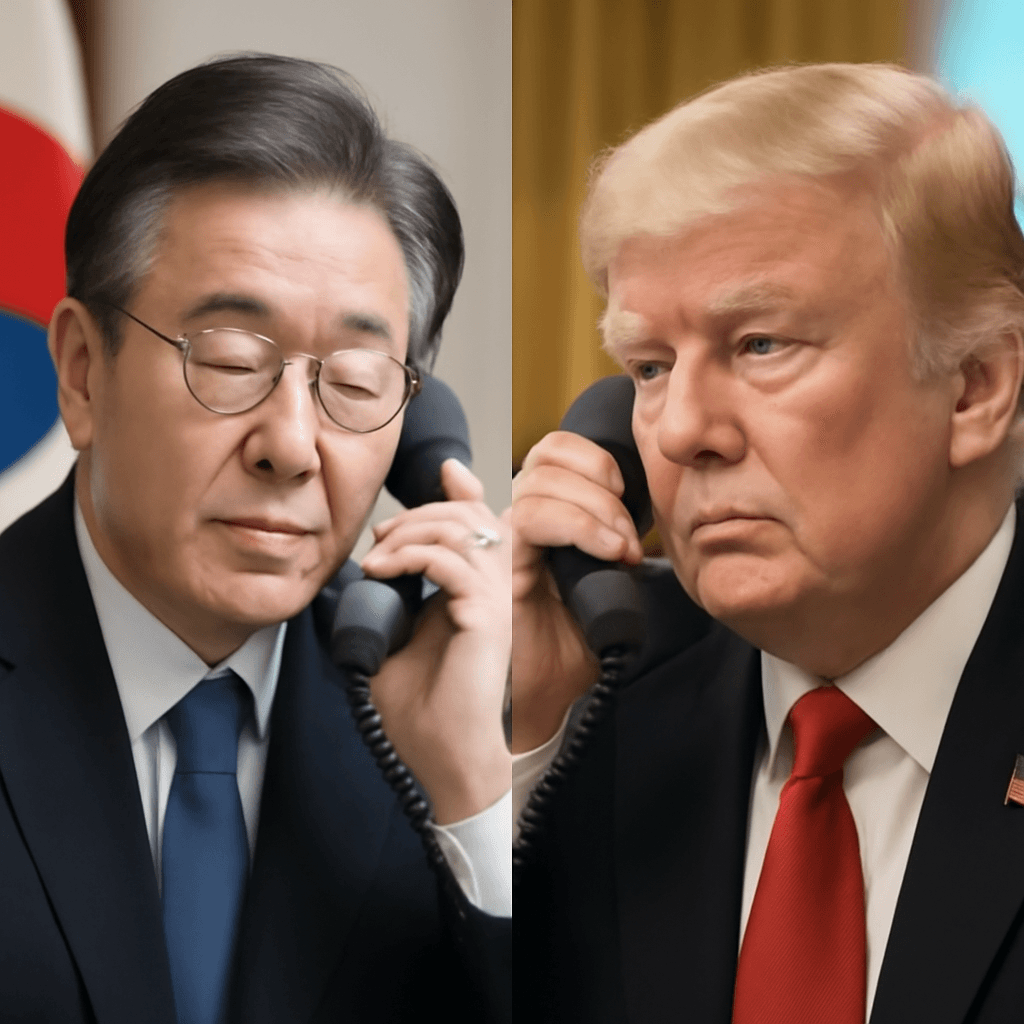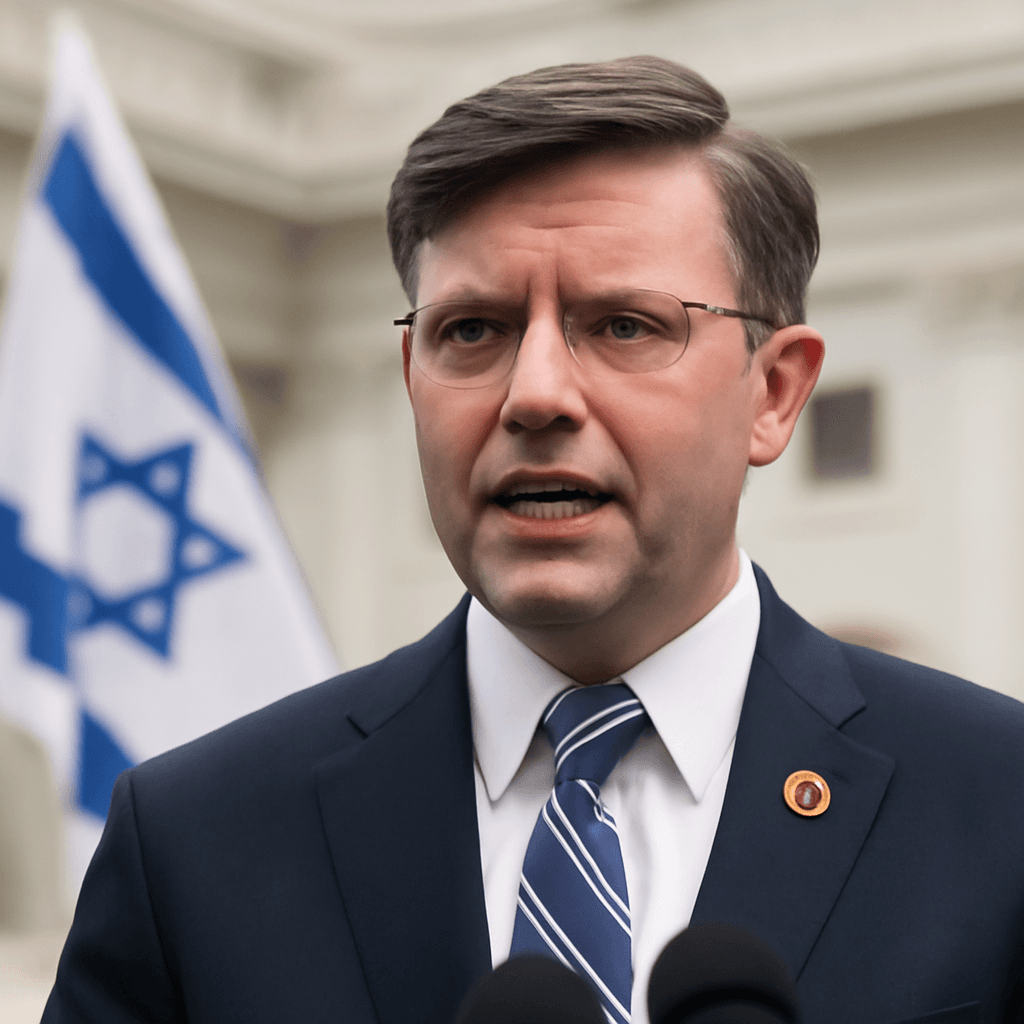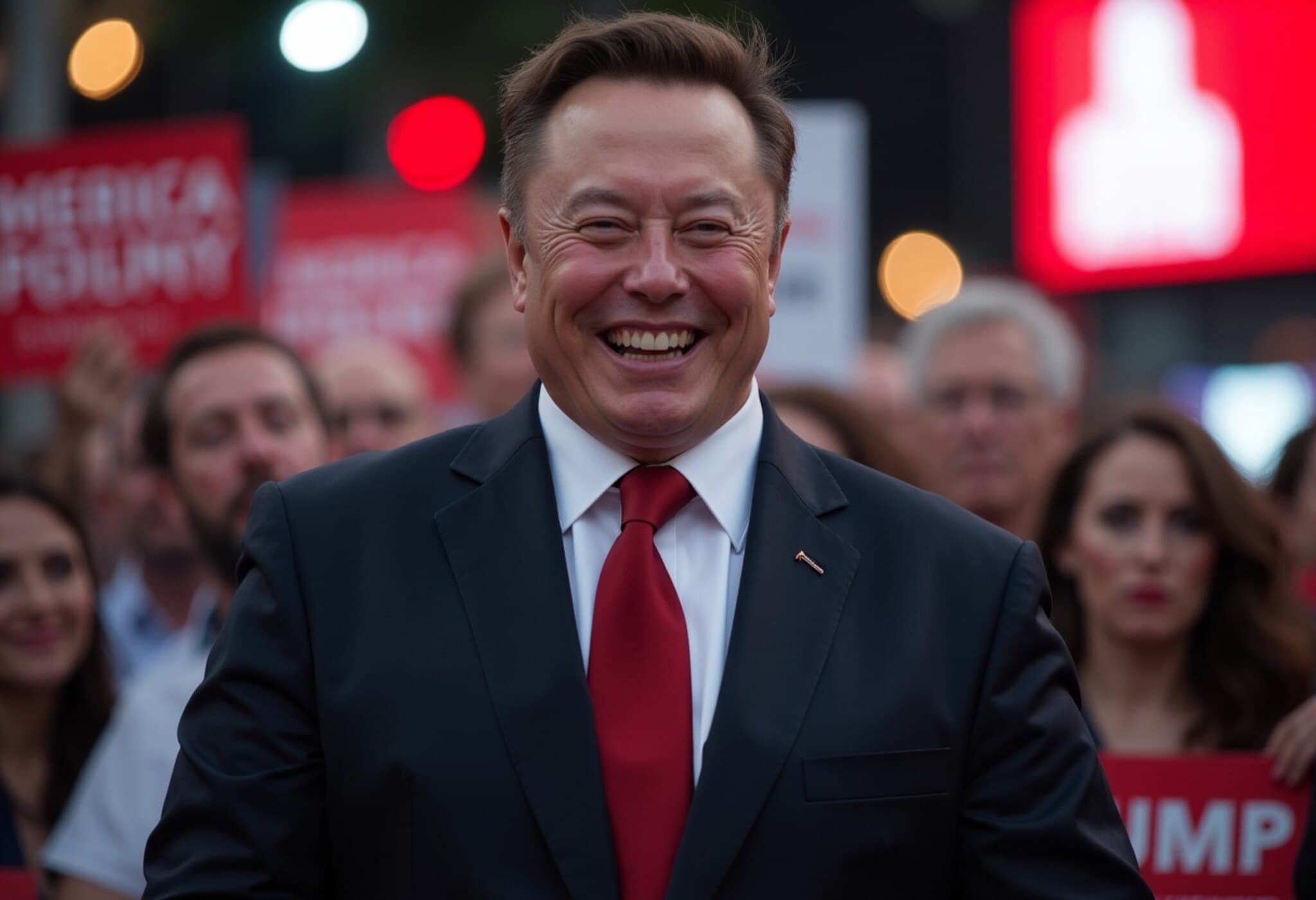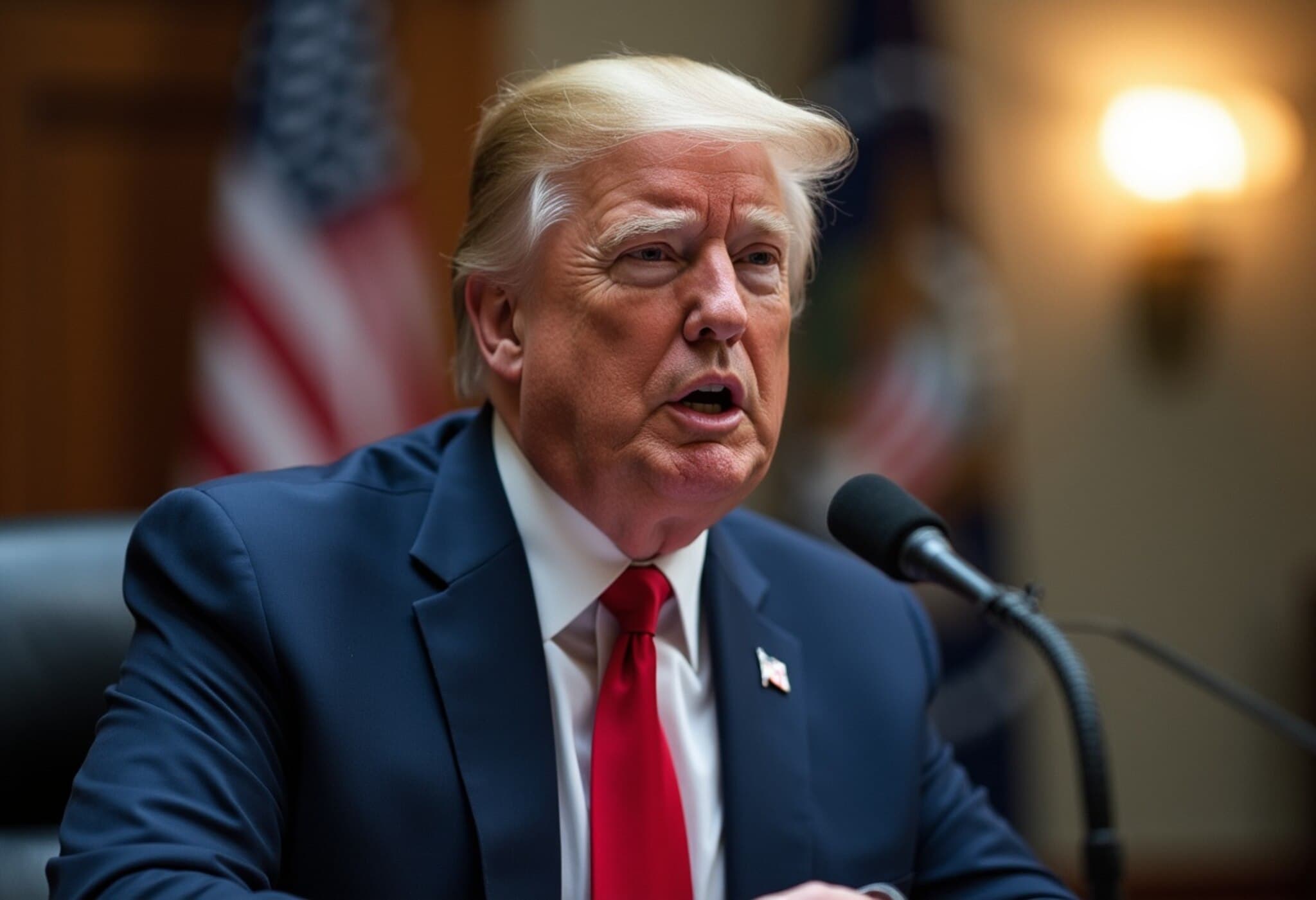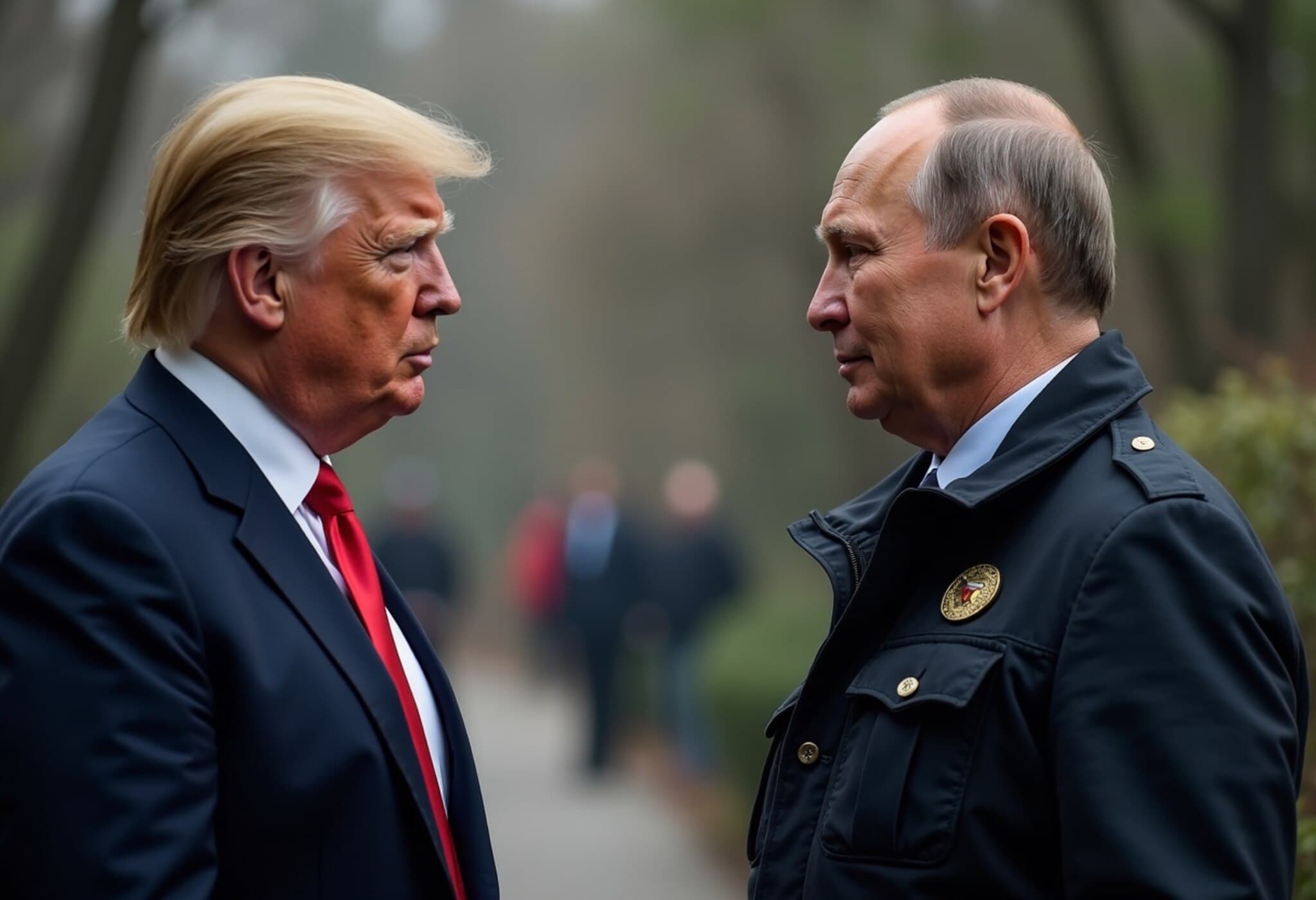White House Initiates Smithsonian Review Ahead of 250th Anniversary
In a move stirring controversy across cultural and political spheres, the White House has announced a sweeping review of eight Smithsonian museums to ensure their exhibits and educational materials align with President Donald Trump’s directive to uphold and celebrate American exceptionalism. This directive comes as the nation prepares to commemorate the United States’ 250th anniversary, marking a pivotal moment to revisit how American history is portrayed to the public.
Scope and Timing of the Review
The Presidential administration has mandated the Smithsonian Institution to submit all relevant exhibit materials related to the country’s semiquincentennial celebrations—alongside broader exhibits and educational content—within 30 days. Following this, museums are expected to begin implementing any necessary content adjustments within 120 days to remove what the administration describes as “divisive or partisan narratives.”
The museums under scrutiny include some of the nation’s most prominent cultural repositories:
- National Museum of American History
- National Museum of Natural History
- National Museum of African American History and Culture
- National Museum of the American Indian
- National Air and Space Museum
- Smithsonian American Art Museum
- National Portrait Gallery
- Hirshhorn Museum and Sculpture Garden
The letter, signed by senior White House officials including Special Assistant Lindsey Halligan and Director of the Office of Management and Budget Russell Vought, also indicates that a Phase II review will expand to additional Smithsonian museums in the near future.
Political Context and Cultural Implications
This development follows ongoing tensions between the Trump administration and the Smithsonian Institution. Earlier this year, President Trump publicly criticized the Smithsonian for what he characterized as a “divisive, race-centered ideology” influencing museum content. In a notably symbolic gesture, the Smithsonian recently removed and then modified references to Trump’s two impeachments in an exhibit at the National Museum of American History—actions that sparked public backlash and raised pressing questions about institutional independence and political pressure on cultural narratives.
The White House letter frames this initiative within a patriotic narrative, emphasizing that the museums should reflect “unity, progress, and enduring values” that define the American story. However, scholars and cultural critics worry the directive may contribute to sanitizing history, suppressing uncomfortable truths, and undermining nuanced educational efforts that recognize America’s complex past including issues of race, inequality, and social justice.
Smithsonian’s Response: Commitment to Scholarly Integrity
In response, the Smithsonian Institution reaffirmed its dedication to rigorous research and accurate historical representation. A spokesperson stated: “Our mission is grounded in scholarly excellence and factual presentation of history. While we review the White House directive carefully, we intend to maintain our commitment to truth and continue collaborative dialogue with government bodies while safeguarding institutional integrity.”
Why This Matters: The Role of Museums in Shaping National Identity
Museums serve as vital public spaces where collective memory and national identity are constructed. The current review illuminates broader questions in American society about how history should be told, who gets to shape that narrative, and how it impacts public understanding and social cohesion.
As the 250th anniversary nears, this battle over cultural representation reflects deeper divides in American politics and societal values. Experts argue the challenge lies in honoring the nation’s achievements without glossing over its historical struggles and failures—a balance essential to fostering an informed and empathetic citizenry.
Editor’s Note
This White House directive raises important questions about the independence of cultural institutions and the politicization of history during key national milestones. As the Smithsonian navigates this review, the public should remain engaged and critical in assessing how narratives are shaped. Will this process promote a unifying story inclusive of all Americans, or will it oversimplify complex histories under the banner of national pride? The way forward will say much about forging a shared understanding of America’s past and future.

